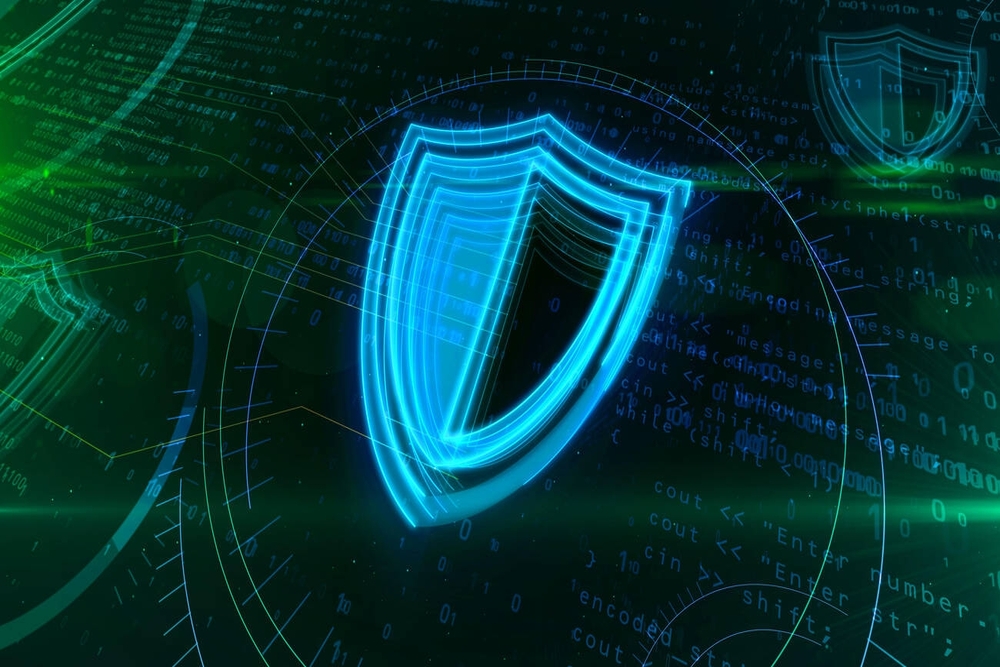Imagine a typical Monday morning. Your CEO stumbles into the office, coffee in the travel mug, ready to make the week count. Instead of poring over the latest revenue forecasts, they’re battening down the hatches after a weekend ransomware hit. Client records are locked. The supply chain grinds to a halt. The switchboard is a chorus of furious customers and skittish shareholders.
This isn’t science fiction. It’s week-after-week reality. Still, many executives assign cybersecurity to the junior IT person and walk away. That’s a choice they can’t afford.
The Real Cost of Poor Cyber Hygiene
Money, as they say, is what resonates in boardrooms. The average cost of a data breach in the US is $9.48 million. For firms of any scale, that’s a huge wake-up call, not a line expense. Yet the shock doesn’t stop at immediate incident totals. Firms lose clients whose trust evaporates. Lawsuits follow, often on a multi-plaintiff scale. Regulators’ fines arrive by courier. For a surprising number, a single breach marks the end of the line. Reputation carries a longer bill. Recall the years some brands quietly spent rebuilding public confidence after the headlines faded? Customers still recall; probably long after the C-suite has moved on.
Why CEOs Can’t Hand Off Cyber Risk
Cybersecurity is no longer an IT niche. It’s a core risk woven into every division’s strategy. When CEOs treat it as a ticket that can be passed to tech, they lose far more than control. Attacks don’t respect hierarchies. Cybercriminals aren’t crashing the data center and calling it a day. They poison an inbox, then pivot to finance. A lax mobile app? Gateway. A vendor with a flimsy password? Inroad. Once inside, every team, every cloud, every password is fair game. This means that cyber risk strategies must be informed by sales, marketing, HR, and operations. Only the CEO has the authority to drive that level of cross-departmental coordination.
The Hidden Benefits of Good Cyber Hygiene
Effective cyber hygiene does more than block threats. It drives healthier operations. Good cybersecurity license management also helps organizations track their software assets more effectively. According to the experts at Opkalla, this prevents costly compliance issues and reduces waste from unused licenses. When cybersecurity funding is targeted, competitive bumps appear. More customers are choosing vendors based on documented security performance; a strong security reputation becomes a sales differentiator and creates new revenue paths.
Embedding Cyber Hygiene
Effective cybersecurity is not a set of tools; it’s a mindset woven into the culture. That process must be led openly by senior executives. When company leaders prioritize cybersecurity, everyone in the room notices. When resources go to protective training, employees engage. When top executives show safe online behavior, the whole culture shifts toward better practice. Security updates should sit shoulder to shoulder with quarterly earnings. Monthly briefings on cyber threats and defense help keep the entire team aware and alert, while annual risk assessments spot vulnerabilities before attackers can.
Conclusion
Cyber hygiene has crossed the line from ideal to indispensable. It is now as basic to operations as insurance or good accounting. A CEO who treats it as optional is endangering the entire company. However, strong cyber hygiene does not demand deep tech expertise or a blank check. It calls for visible leadership, steady reinforcement, and the belief that everyone has a role in guarding the firm. Begin with simple moves: rotate passwords routinely and run ongoing training. Layer on improved backups and a clear response playbook. Most crucially, keep cybersecurity on the agenda in every board and management conversation. Your future self will breathe easier when rival firms are licking breach wounds while yours keeps moving ahead, secure and thriving.

